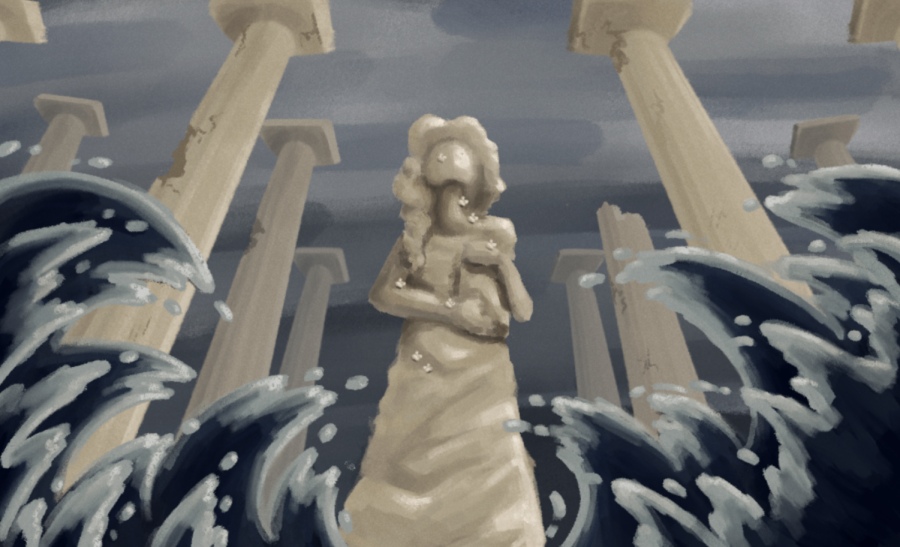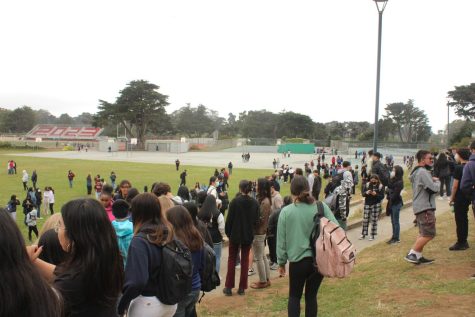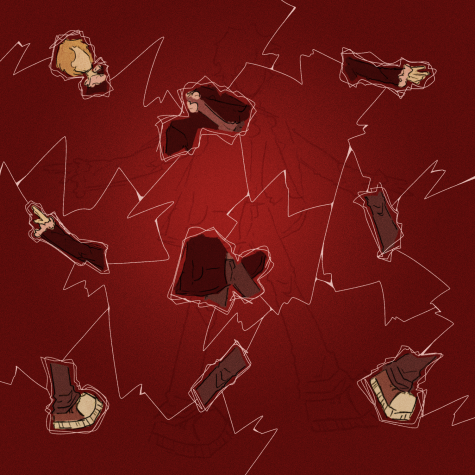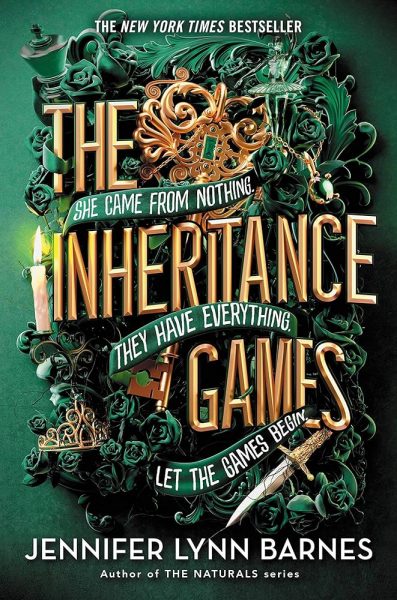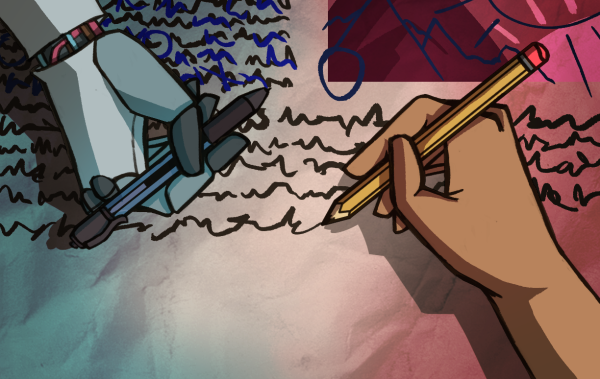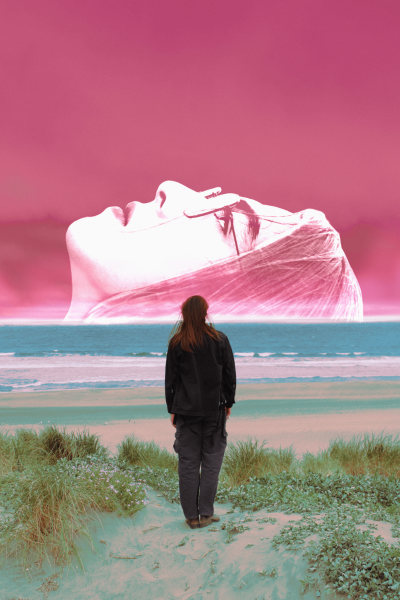Media Review: Piranesi
The morning I finished Piranesi, by Susanna Clarke, was the first day of winter break. For the next two days, I couldn’t stop thinking about it. It was unlike anything else I’d read. I felt like I’d taken a trip to the International Space Station and gotten a chance to see Earth from above, to see the world from a new angle.
Piranesi showed me how to see the world as beautiful. It taught me how the faith in a world worth exploring can keep you grateful and curious, even when you find out that what you believed is wrong.
Piranesi takes place in an alternate universe called “the House,” where infinite halls of classical architecture are filled with saltwater, statues, and the occasional skeleton. Only two people live in the House: the main character Piranesi and a man he calls the Other. Right off the bat, it feels like there’s something wrong. Where are all the people? Where did Piranesi come from? But to Piranesi, it’s all normal.
Piranesi showed me how to see the world as beautiful. It taught me how the faith in a world worth exploring can keep you grateful and curious, even when you find out that what you believed is wrong.
He considers himself a scientist and an explorer, meant to map the House’s halls and appreciate its beauty. He has the kind of worldview I want to have: he sees the world he lives in as beautiful and seeks to explore and understand it as much as possible. The novel is written as entries in Piranesi’s journal, alternating between coolly scientific and deeply personal. “I am determined to explore as much of the World as I can in my lifetime,” Piranesi writes.
Piranesi meets obstacles with that same curiosity, as well as calm acceptance. The book starts with a breathtaking picture of the House’s beauty: a description of the meeting of three tides in a hall filled with marble statues. Water in different colors and textures rush up and down colossal staircases. Piranesi comes to witness the rare event, but quickly realizes he didn’t climb high enough to escape. For a terrifying moment, he’s completely submerged in violent, rushing water. But the tide lets up. Soaking wet and hanging onto a marble statue for dear life, Piranesi says, “The Beauty of the House is immeasurable; its Kindness infinite.” In a similar situation, I would have probably gotten angry at myself for making a stupid mistake. But instead, Piranesi acknowledges his miscalculation and thanks the House for saving him. Instead of dampening his view of the world’s beauty, the close call enhances it. This is a perspective I had encountered before in other books and conversations, but had never seen so well illustrated.
The novel’s journal-entry format is a great choice because it gives you an unreliable narrator. Seen through Piranesi’s unique lens, suspicious figures arise, hypotheses form, and the plot tumbles into dizzying action. You don’t know who to trust or what to believe, and all the while, you’re afraid that Piranesi will trust the wrong person, believe the wrong thing — that his beautiful worldview will be shattered.
Piranesi taught me that just because you’re wrong about something, doesn’t mean everything is lost.
I can’t say anything specific without ruining those delicious plot twists, but I can say this: Piranesi discovers that the world is not what he thought it was. He is not who he thought he was. As it seemed from the first pages, many things that he believed are false. This is what Piranesi explores: what it’s like when you realize your beliefs are false, whether this be your religion, trust in a person, or history. Piranesi taught me that just because you’re wrong about something, doesn’t mean everything is lost. Although the House is not what Piranesi thought it was, it is still beautiful. Although the people he knew were not who he thought they were, there is still beauty in other people. It is because of this faith in a world worth exploring that Piranesi has the courage to continue seeking the truth, even when it threatens to shake the foundations of what he believes.
This is why Piranesi stuck with me. Even as the details of the plot faded from my memory, Piranesi himself remained. As I walked around my own house during winter break, I thought of the echoing, eerie walls of the House. On my way to the store, the cloudy sky reminded me of Piranesi’s descriptions of fog floating around statues in the upper halls, and it occurred to me how beautiful my neighborhood was. When I talked to my parents, I thought of Piranesi’s regard for other people and wanted to emulate him. I wanted to see my world with his curiosity, wonder, and kindness. Most of all, I wanted to see it for what it was.

Indigo is a sophomore and a reporter for The Lowell. She appreciates many aspects of the world, including Karl, the color yellow, and the existence of the internet. She's devoted to the study of human beings and the way they communicate. You can find her muttering Integrated Chinese dialogues to herself on the bus, meticulously color-coding her weekly planner, or eating raw vegetables in unlikely parts of campus.


